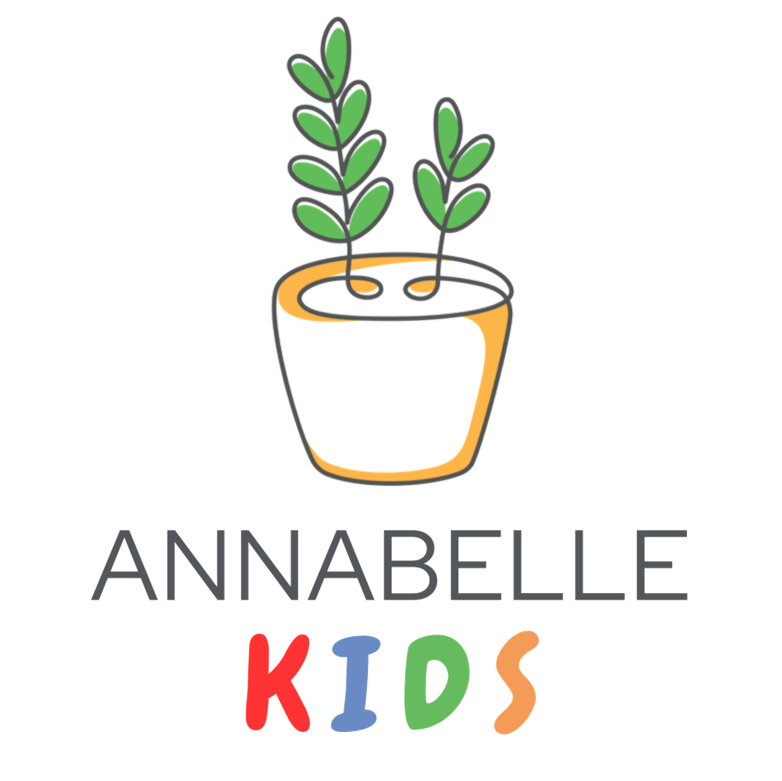Understanding Kpods and Teens: A Parent’s Guide
As a parent, it can be deeply unsettling to hear about the growing use of Kpods among teens, vape pods containing ketamine or other substances. The thought that your child might be experimenting with them can bring up worry, confusion, and even guilt.
But please remember: this is not a reflection of your worth or ability as a parent.
In this guide, we hope to help you understand why some teens turn to Kpods, how to start safe and open conversations, and how to support your child through difficult moments.
Why Are Teens Using Kpods?
Many young people do not use Kpods simply to “get high.” Often, the reasons run deeper and understanding these reasons can help you respond with calm and compassion.
Coping with Stress or Difficult Emotions: Adolescence is emotionally intense. Some teens use substances like Kpods to numb anxiety, sadness, or stress, especially if they have not developed healthier coping tools.
Seeking Belonging and Identity: Teenagers are discovering who they are and how they fit in. Peer pressure, curiosity, and the desire to “fit in” can play a large role in risky behaviours.
Curiosity and Exploration: Kpods may show up in social media, group chats, or peer stories, sometimes without warnings about the dangers. Some teens try them out of curiosity, unaware of the risks.
Understanding the “why” behind your child’s choices can guide you to respond with patience, not panic.
If You Discover Your Child Is Using Kpods
How you approach your child in these moments matters. It can determine whether they feel safe to open up or shut down entirely. The goal is not to lecture but to listen and guide responsibly.
Before You Start the Conversation:
Choose your moment: Wait until both of you are calm and not in a rush.
Keep your tone gentle: Choose curiosity over accusation and confrontation
Focus on connection, not control: Show you want to help, not punish.
What You Could Say:
“I’m worried about you, and I want to understand what’s been going on.”
“I’m not here to scold you. I just want to listen and help.”
“You’re really important to me, and your safety matters.”
When your teen feels seen and understood, trust grows, making it easier for them to be honest and receptive to guidance.
How You Can Support Your Child
Good support combines boundaries, empathy, and open communication. It’s not about control or threats, but about helping your child feel safe, respected, and supported.
What to Avoid Saying:
“If you’re using, don’t come home.”
“You’re throwing your future away.”
“If you cared about this family, you wouldn’t be doing this.”
These responses often come from fear, but they can damage trust and connection.
What to Try Instead:
“I love you and want to help, but I can’t ignore the risks.”
“Let’s work out a plan together. I’ll support you, and I’ll need honesty and effort from you too.”
Setting Boundaries to Strengthen Trust
Work with your teen to co-create reasonable expectations:
“If you’re feeling tempted, can we agree you’ll talk to me or someone safe first?”
“If you come home under the influence, we will not yell, but we will talk when things are calmer.”
“Let’s set some check-in times or curfews so I know you’re safe.”
Collaborative boundaries foster responsibility and mutual respect. This is key to preventing risky behaviours and supporting healthy development.
When to Seek Professional Help
If your child is using Kpods, you’re not alone and support is available. Early support from professionals often improves outcomes. Consider reaching out to:
Your child’s school counsellor
A psychologist with experience in youth substance use and adolescent mental health
Support Resources:
NAMS Helpline: 6732 6837 (for substance use advice)
National Mindline: 1771 (for mental health support)
Emergency: Call 995 or go to the nearest A&E if your child is unconscious, hallucinating or in danger
A Gentle Reminder for Parents
If your child is experimenting with substances, it does not mean you’ve failed. Even loving, attentive parents may face these challenges especially in a world where influence comes from peers, social media, and stressors beyond your control.
What matters most is how you respond.
When you approach the situation with empathy and openness, you create a safe space for your child to reflect, learn and make safer choices.
